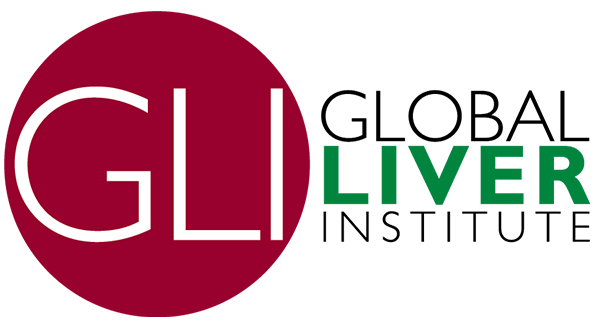
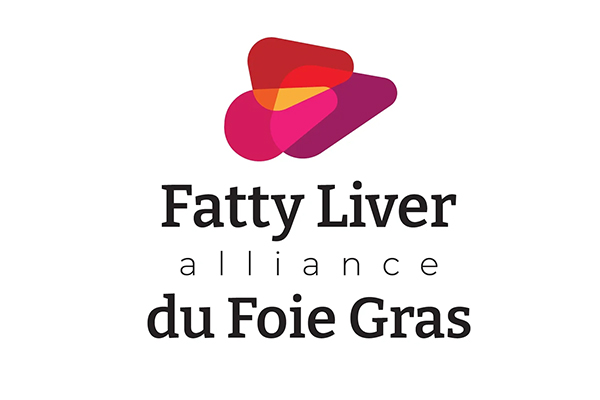

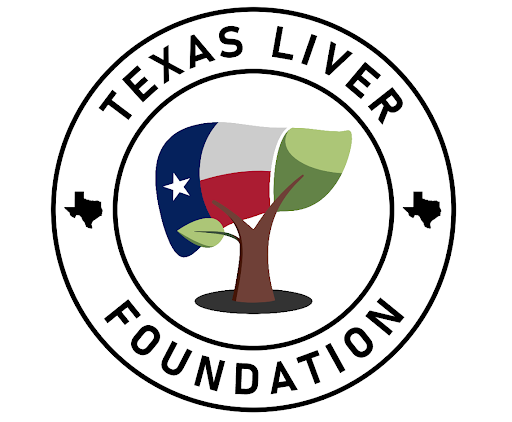
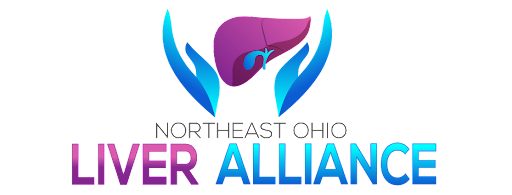
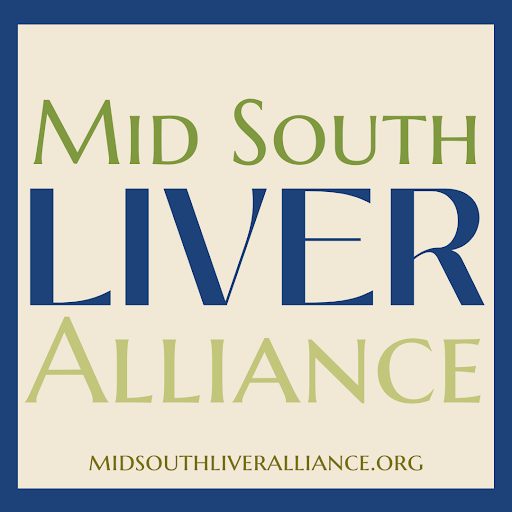
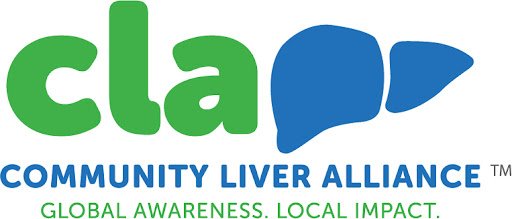

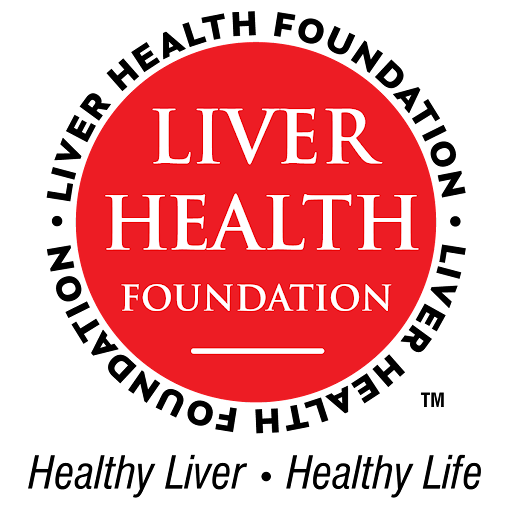
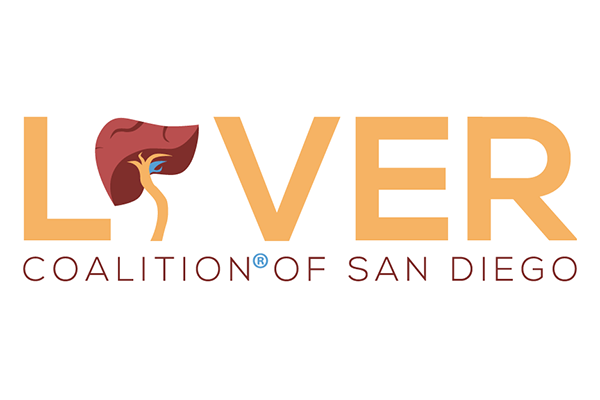
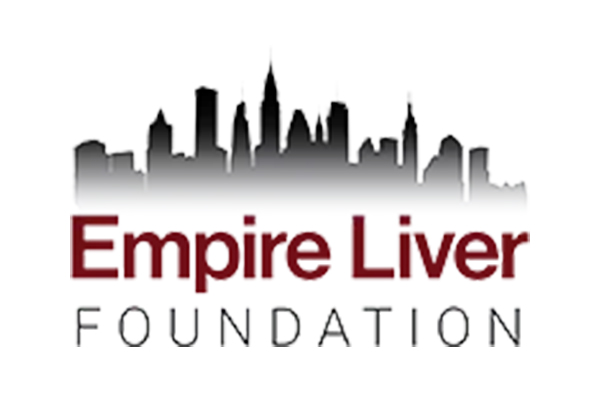

Today, April 6, the members of the Liver Action Network (LAN) pledge our collective support for Living Donor Day to honor the donors, recipients, families and caregivers, and clinical teams that make the lifesaving gift of organ donation possible globally. In connection with this pledge, the U.S. members of the LAN are also proud to participate in today’s Advanced Advocacy Academy (A3) Spring Advocacy Day in an effort to simultaneously urge U.S. Members of Congress on Capitol Hill to support Living Donor Day and vital pieces of legislation like the Living Donor Protection Act (S. 511/H.R. 1255).
Organ donation and transplantation have become the best clinical treatment for end-stage organ failure.1 In 2020 a total of 129,681 organs were transplanted worldwide, but unfortunately thousands of people still die each year while on the transplant waiting list.1,2 There are many barriers that prevent thousands of individuals around the world from receiving a lifesaving organ donation, the predominant being long transplant waiting lists and donor organ shortages.1 Statistics confirm this gap between supply and demand, with 74.6% of candidates on the waiting list failing to receive a transplant in the U.S. in 2015 and 19.9% in the UK in 2018.1 These two factors unfortunately continue to lengthen the timeline for many end-stage organ failure patients to receive an organ donation, and many will die waiting for their chance.
A promising solution to this global crisis is to increase the number of living organ donations, in which an individual is able to donate a part of or an entire organ to someone waiting on the transplant list. Worldwide, kidney and liver transplants from living donors comprise the majority of living organ donations.1 This is why it is critical for the liver disease community to underscore the importance that living donation has in ensuring the gap between organ supply and demand does not continue to widen.
Collectively, GLI’s Liver Action Network, the undersigned organizations, are proud to support Living Donor Day, celebrated annually on April 6. As representatives of the liver disease community, we call upon local and national governments to enact policies that help to eliminate barriers for both living donors and recipients and to take steps to ensure living donors are protected. For many would-be donors, financial realities, including the potential loss of coverage or an increase in premiums, keep them from donating. On top of this, there is a risk that living donors might lose their employment during their recovery period. In the United States, the LAN supports legislation like the Living Donor Protection Act, which would address many of these issues. But, in the absence of passing that bill, it is critical that governments in the U.S. and abroad look to implement policies that protect individuals willing to save someone’s life by donating living tissue, like liver.
The Liver Action Network fully advocates for policies that make the process of living organ donation easier. Eliminating barriers will allow more individuals to become living organ donors and is the first step in addressing the global organ shortage crisis.
Liver Action Network Members:
Global Liver Institute
Community Liver Alliance
Fatty Liver Alliance
Fatty Liver Foundation
Liver Coalition of San Diego
Liver Health Foundation
Midsouth Liver Alliance
NASH kNOWledge
Northeast Ohio Liver Alliance
Texas Liver Foundation
Empire Liver Foundation
HepCURE
References
